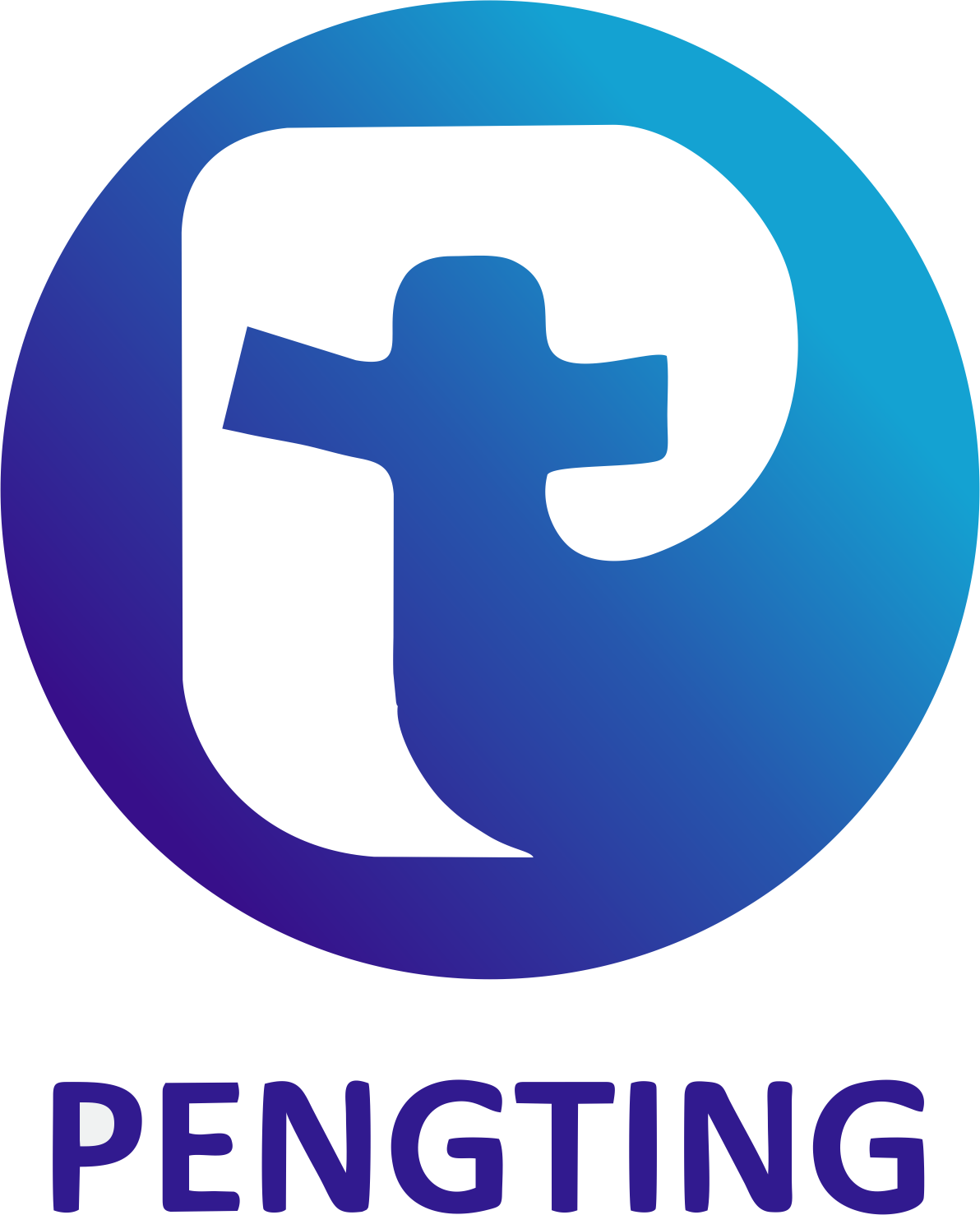
The global peptide therapeutics market, projected to reach $75 billion by 2028, is undergoing a procurement revolution as digital transformation reshapes how pharmaceutical companies source critical raw materials and APIs. Traditional peptide procurement methods, characterized by manual processes, limited visibility, and reactive decision-making, are being replaced by advanced digital platforms that enable strategic sourcing, reduce costs by 25-40%, and mitigate supply chain risks. This comprehensive analysis examines how digital procurement technologies are transforming peptide sourcing from a tactical function to a strategic advantage, providing pharmaceutical companies with the tools needed to navigate complex global supply chains, ensure quality compliance, and secure competitive positioning in an increasingly volatile market.
The Digital Transformation Imperative in Peptide Procurement
Peptide procurement faces unique challenges that make digital transformation not just advantageous but essential for competitive survival. The complexity of peptide supply chains, coupled with increasing regulatory scrutiny and market volatility, demands sophisticated technological solutions.
The Growing Importance of Peptide Therapeutics
Peptide-based drugs represent one of the fastest-growing segments in pharmaceuticals:
- Market Growth: 12.4% CAGR from 2023-2028, outpacing small molecules and biologics.
- Therapeutic Expansion: Applications in diabetes, obesity, oncology, and cardiovascular diseases driving demand.
- Manufacturing Complexity: 39-45 amino acid sequences requiring specialized synthesis expertise.
- Supply Chain Vulnerability: 68% of pharmaceutical companies report peptide supply chain disruptions annually.
Challenges in Traditional Procurement Methods
Conventional approaches struggle with modern peptide sourcing requirements:
- Manual Processes: RFQ processes taking 4-6 weeks versus 2-3 days with digital platforms.
- Limited Visibility: 45% of procurement professionals report inadequate supplier performance data.
- Quality Compliance Risks: 32% of quality incidents traceable to inadequate supplier qualification.
- Cost Inefficiencies: Lack of real-time market intelligence leading to 15-25% cost premiums.
“Digital procurement platforms are no longer optional for peptide sourcing—they’re the foundation of supply chain resilience. Companies that delay adoption risk significant cost disadvantages and supply vulnerabilities in an increasingly competitive market.” — Dr. Michael Chen, Chief Procurement Officer, Global Pharma Solutions.
Key Digital Platforms Revolutionizing Peptide Procurement
Advanced digital platforms are addressing specific pain points in peptide sourcing through specialized functionality and integration capabilities.
Supplier Management Systems
Comprehensive supplier management platforms provide end-to-end visibility and control:
- Supplier Qualification Modules: Automated assessment of quality compliance, financial stability, and performance metrics.
- Performance Analytics: Real-time monitoring of delivery times, quality incidents, and compliance status.
- Risk Assessment Tools: Predictive analytics identifying potential supply chain disruptions.
- Collaboration Portals: Secure communication channels for supplier-manager interactions.
E-Procurement Platforms
Digital sourcing platforms streamline the entire procurement lifecycle:
- Automated RFX Processes: Electronic requests for quotation, proposal, and information reducing cycle times by 70%.
- Reverse Auction Capabilities: Dynamic pricing mechanisms achieving 8-15% cost savings.
- Contract Management: Digital contract creation, negotiation, and compliance tracking.
- Spend Analytics: Detailed analysis of procurement patterns and cost drivers.
Supply Chain Visibility Tools
Real-time monitoring solutions provide unprecedented transparency:
- Track-and-Trace Systems: GPS and IoT-enabled tracking of shipments and storage conditions.
- Quality Monitoring: Real-time temperature and humidity monitoring for sensitive peptides.
- Inventory Management: Automated inventory tracking and replenishment systems.
- Compliance Documentation: Digital audit trails and regulatory documentation.
Strategic Sourcing Tools and Methodologies
Advanced tools enable pharmaceutical companies to implement sophisticated strategic sourcing approaches specifically tailored to peptide requirements.
Cost Optimization Technologies
Digital tools drive significant cost savings while maintaining quality standards:
| Tool Type | Functionality | Typical Savings | Implementation Timeline |
|---|---|---|---|
| Spend Analysis Software | Category spend analysis and opportunity identification | 10-18% | 4-6 weeks |
| Should-Cost Modeling | Detailed cost breakdown and benchmarking | 15-25% | 8-12 weeks |
| Market Intelligence Platforms | Real-time pricing and supply-demand analysis | 8-12% | 2-4 weeks |
| Total Cost of Ownership Tools | Comprehensive cost calculation beyond purchase price | 12-20% | 6-8 weeks |
Risk Management Solutions
Proactive risk management tools mitigate supply chain vulnerabilities:
- Supplier Risk Scoring: Multi-factor risk assessment using financial, operational, and geographic data.
- Supply Chain Mapping: Visual mapping of multi-tier supply chains identifying single points of failure.
- Business Continuity Planning: Digital tools for scenario planning and disruption response.
- Regulatory Compliance Monitoring: Automated tracking of changing regulatory requirements across markets.
Quality Assurance Integration
Digital platforms seamlessly integrate quality considerations into sourcing decisions:
- Quality Data Integration: Direct connection with quality management systems for real-time compliance status.
- Specification Management: Digital management of technical specifications and quality requirements.
- Audit Management : Scheduling, conducting, and tracking supplier quality audits.
- Document Control: Version-controlled management of quality documents and certificates.
Implementation Strategies for Digital Procurement Transformation
Successful implementation requires careful planning, stakeholder engagement, and phased approaches.
Technology Selection Criteria
Selecting the right platforms requires evaluating multiple factors:
- Functional Requirements: Specific peptide sourcing capabilities needed.
- Integration Capabilities: Compatibility with existing ERP and quality systems.
- Scalability: Ability to grow with increasing peptide volumes and complexity.
- Vendor Stability: Financial health and long-term viability of technology providers.
- Total Cost of Ownership: Implementation, maintenance, and upgrade costs.
Change Management Approaches
Organizational adoption is critical for success:
- Stakeholder Engagement: Early involvement of procurement, quality, and manufacturing stakeholders.
- Training Programs: Comprehensive training tailored to different user groups.
- Performance Metrics: Clear KPIs measuring adoption and benefits realization.
- Continuous Improvement: Mechanisms for feedback and system enhancement.
Integration with Existing Systems
Seamless integration maximizes value and minimizes disruption:
- ERP Integration: Connecting procurement platforms with enterprise resource planning systems.
- Quality System Connectivity: Integration with QMS for streamlined compliance.
- Data Migration Strategies: Careful planning for historical data transfer.
- API Interfaces: Utilizing application programming interfaces for flexible connectivity.
Case Studies: Successful Digital Procurement Implementations
Several pharmaceutical companies have demonstrated significant benefits from digital procurement transformation.
Case Study 1: Global Pharma Company
A top-10 pharmaceutical company implemented a comprehensive digital procurement platform for peptide APIs:
- Challenge: Fragmented sourcing processes leading to 25% cost variations and quality inconsistencies.
- Solution: Integrated supplier management and e-procurement platform with quality integration.
- Results: 22% cost reduction, 45% reduction in sourcing cycle time, 90% improvement in compliance metrics.
- Key Success Factors: Executive sponsorship, phased implementation, comprehensive training.
Case Study 2: Specialty Peptide Manufacturer
A peptide-focused CDMO implemented advanced sourcing analytics:
- Challenge: Limited visibility into raw material markets leading to supply disruptions.
- Solution: Market intelligence platform with predictive analytics for amino acid pricing.
- Results: 15% reduction in raw material costs, 80% improvement in supply reliability, enhanced customer satisfaction.
- Key Success Factors: Data-driven culture, cross-functional collaboration, continuous optimization.
Future Trends in Peptide Procurement Technology
The digital transformation of peptide procurement continues to evolve with several emerging trends.
Artificial Intelligence and Machine Learning
AI/ML technologies are enhancing decision-making and automation:
- Predictive Analytics: Forecasting price trends and supply availability with 85-90% accuracy.
- Natural Language Processing: Automated analysis of contracts and regulatory documents.
- Cognitive Sourcing: AI-powered recommendation engines for supplier selection.
- Anomaly Detection: Identifying unusual patterns indicating potential quality or delivery issues.
Blockchain Applications
Blockchain technology provides unprecedented transparency and security:
- Supply Chain Transparency: Immutable records of transactions and movements.
- Smart Contracts: Automated contract execution based on predefined conditions.
- Quality Verification: Tamper-proof records of quality testing and compliance.
- Anti-Counterfeiting: Secure verification of product authenticity and provenance.
Sustainability Integration
Environmental and social considerations are becoming integral to procurement:
- Carbon Footprint Tracking: Monitoring and optimizing environmental impact of sourcing decisions.
- Ethical Sourcing Tools: Ensuring supplier compliance with labor and human rights standards.
- Circular Economy Platforms: Facilitating reuse and recycling of materials and packaging.
- ESG Performance Monitoring: Tracking environmental, social, and governance metrics.
FAQs: Peptide Procurement Technology
Q: What is the typical ROI for implementing digital procurement platforms in peptide sourcing?
A: Companies typically achieve ROI within 12-18 months, with average cost savings of 20-30% through improved negotiation, better supplier selection, and process efficiencies. Additional benefits include risk reduction (40-60% fewer supply disruptions), quality improvement (25-35% reduction in quality incidents), and productivity gains (50-70% reduction in manual effort). The total value often exceeds direct cost savings when considering risk mitigation and strategic advantages.
Q: How do digital platforms handle the unique quality requirements of peptide procurement?
A: Advanced platforms incorporate peptide-specific quality modules that manage complex requirements such as amino acid purity specifications, synthesis method validation, stability testing data, and regulatory documentation. Integration with quality management systems ensures real-time compliance monitoring, while specialized workflows address peptide-specific challenges like cold chain management, sterility requirements, and complex regulatory submissions across multiple geographies.
Q: What are the biggest challenges in implementing digital procurement for peptide sourcing?
A: The primary challenges include data quality and integration (40% of implementation effort), organizational change resistance (25% of challenges), supplier adoption and connectivity (20%), and technology customization for peptide-specific needs (15%). Successful implementations address these through strong executive sponsorship, comprehensive change management programs, phased rollout strategies, and close collaboration with technology providers to ensure peptide-specific functionality.
Core Takeaways
- Strategic Imperative: Digital procurement transformation is essential for competitive peptide sourcing, not just advantageous.
- Technology Integration: Successful implementations require seamless integration with existing quality and ERP systems.
- Data-Driven Decisions: Advanced analytics provide insights for better supplier selection and cost optimization.
- Risk Mitigation: Digital tools significantly reduce supply chain vulnerabilities and quality risks.
- Continuous Evolution: Emerging technologies like AI and blockchain will further transform peptide procurement.
Conclusion: The Future of Peptide Procurement is Digital
The digital transformation of peptide procurement represents a fundamental shift from transactional purchasing to strategic value creation. Pharmaceutical companies that embrace digital platforms and tools gain significant advantages in cost management, risk mitigation, quality assurance, and strategic positioning. As peptide therapeutics continue their rapid growth and increasing complexity, the ability to leverage technology for intelligent sourcing decisions will separate industry leaders from followers.
The future of peptide procurement lies in fully integrated, AI-enabled platforms that provide real-time insights, automate routine processes, and enable strategic focus on innovation and relationship management. Companies that invest in digital procurement capabilities today will be well-positioned to navigate the challenges and opportunities of tomorrow’s peptide markets, ensuring reliable access to high-quality materials while optimizing costs and managing risks. The transformation is underway, and the time for action is now.
Disclaimer:
This article contains information, data, and references that have been sourced from various publicly available resources on the internet. The purpose of this article is to provide educational and informational content. All trademarks, registered trademarks, product names, company names, or logos mentioned within this article are the property of their respective owners. The use of these names and logos is for identification purposes only and does not imply any endorsement or affiliation with the original holders of such marks. The author and publisher have made every effort to ensure the accuracy and reliability of the information provided. However, no warranty or guarantee is given that the information is correct, complete, or up-to-date. The views expressed in this article are those of the author and do not necessarily reflect the views of any third-party sources cited.





